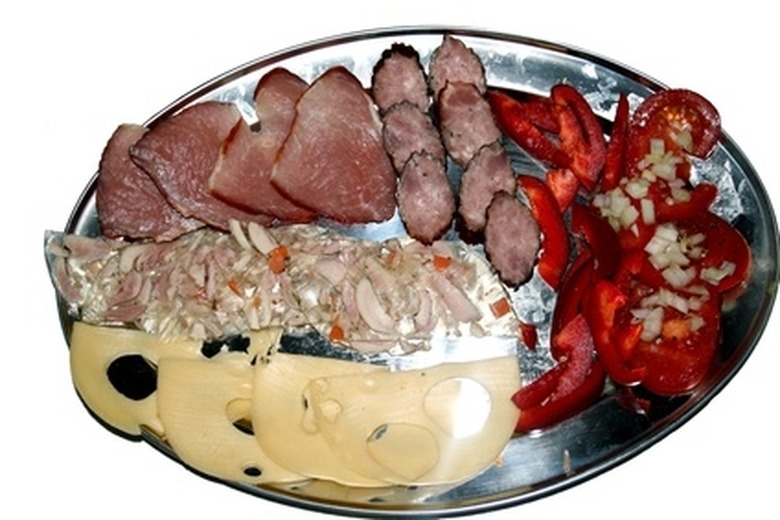How Does Hydrogen Enter Our Body?
Sources of Hydrogen
Hydrogen is the third most common element in our bodies and is a vital part of our tissue function. It even forms a vital part of our DNA structure, making hydrogen indispensable to human life. This does not mean, however, that we must consume hydrogen to stay alive. Hydrogen in its pure form is very rare on earth, although it can be found as a part of many other substances that humans ingest. While hydrogen is a necessary part of nearly every organism's diet, nearly all consume it as part of some other food source. The exception are certain types of bacteria that use pure hydrogen atoms to create energy for themselves.
Water is the most common source of hydrogen for humans. The chemical composition of water is the well-known H2O formula, which shows that hydrogen is the main building block of water, which is in turn the most common and important substance in the human body. This is the main role of hydrogen in supporting organisms: helping to create water, which animals, plants and humans need to survive.
Uses for Water
Uses for Water
The water that hydrogen helps to create is used not only as a medium to transfer electrolytes throughout the body but also as a key component of the chemical reactions that the body uses to produce energy. This process, known as hydrolysis, occurs when the body has harvested energy from food in the form of chemicals such as adenosine-5'-triphosphate, or ATP. Energy is directly drawn from ATP by combining it with water. The hydrogen and oxygen atoms separate, releasing energy for the body's cells to use and combining again to form other small particles such as inorganic phosphates.
Hydrogen in Foods
Hydrogen in Foods
Of course, this is not the only way that hydrogen can enter the body. The element is part of many different substances on Earth, including others that humans consume. Carbohydrates like sugars and starch use hydrogen as a primary building block and are one of the most important energy sources for humans. The body takes these simple sugars and breaks them down to create the chemicals it uses to gain energy through hydrolysis. Proteins, the building blocks of cells, are also made partially of hydrogen, so when humans eat protein-rich foods such as meat or legumes, they are ingesting even more hydrogen. Fats, too, use hydrogen as a primary component of their atomic structure, along with nucleic acids and bones, although these are not eaten as often by humans.
Cite This Article
MLA
Lacoma, Tyler. "How Does Hydrogen Enter Our Body?" sciencing.com, https://www.sciencing.com/hydrogen-enter-body-5247391/. 24 April 2017.
APA
Lacoma, Tyler. (2017, April 24). How Does Hydrogen Enter Our Body?. sciencing.com. Retrieved from https://www.sciencing.com/hydrogen-enter-body-5247391/
Chicago
Lacoma, Tyler. How Does Hydrogen Enter Our Body? last modified March 24, 2022. https://www.sciencing.com/hydrogen-enter-body-5247391/
